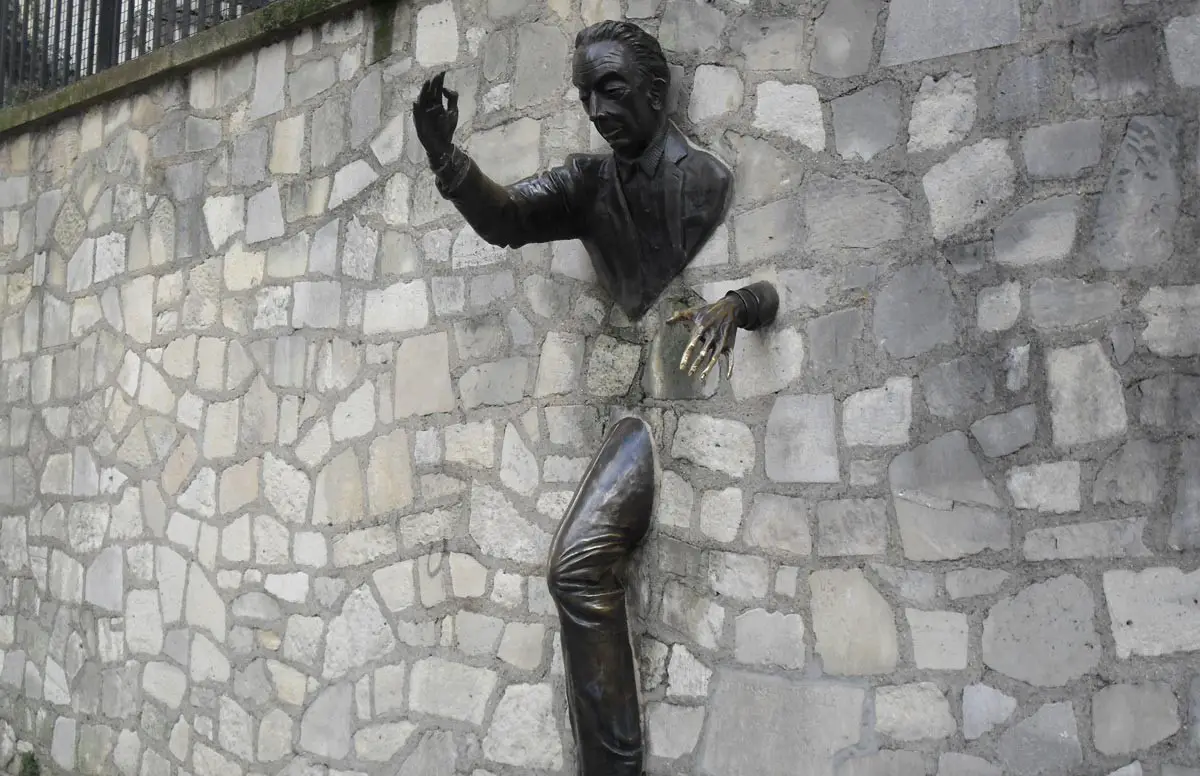 alking through walls has long been a topic of fascination and speculation, challenging our understanding of the physical world. Recently, attention has been drawn to the patent US20060014125A1, which claims to unveil a training system for achieving this extraordinary ability. In this article, we delve into the scientific theories behind walking through walls, examining the patent in question, as well as insights from the National Library of Medicine, to explore the feasibility and implications of this remarkable concept.
alking through walls has long been a topic of fascination and speculation, challenging our understanding of the physical world. Recently, attention has been drawn to the patent US20060014125A1, which claims to unveil a training system for achieving this extraordinary ability. In this article, we delve into the scientific theories behind walking through walls, examining the patent in question, as well as insights from the National Library of Medicine, to explore the feasibility and implications of this remarkable concept.
Quantum Mechanics and Matter Penetration
The scientific basis for walking through walls lies in the realm of quantum mechanics. At the atomic level, matter consists mostly of empty space, with the movement of subatomic particles governed by wave-particle duality. One theory proposes that by manipulating the wave function of particles, it may be possible to exploit the inherent uncertainties and tunnel through solid barriers.
The patent US20060014125A1 suggests the utilization of electromagnetic fields and resonant frequencies to interact with the atomic structure of an individual, facilitating matter penetration. While the patent lacks explicit mathematical formulas, it references the principles of quantum tunneling, which can be described mathematically using Schrödinger’s wave equation.
In the context of walking through walls, the mathematical formalism of quantum tunneling involves calculating the probability of a particle passing through an energy barrier. The application of electromagnetic fields and resonant frequencies, as proposed in the patent, aims to manipulate these probabilities and increase the likelihood of successful penetration through solid objects.
Electromagnetic Fields and Resonant Frequencies
The patent US20060014125A1 suggests that specific combinations of electromagnetic fields and resonant frequencies can create localized spatial distortions, enabling an individual to move through solid barriers. Electromagnetic fields are characterized by their strength and direction, while resonant frequencies correspond to the natural oscillation frequencies of objects.

Although the patent does not provide explicit formulas, the underlying concept involves the precise calibration of electromagnetic fields and resonant frequencies to induce structural changes at the atomic level. This calibration aims to overcome the repulsive forces between atoms, allowing for interatomic distances to be temporarily altered and facilitating matter passage.
Further scientific investigation is required to establish the specific electromagnetic field configurations and resonant frequencies that would yield the desired spatial distortions. Empirical research, rigorous experimentation, and advanced computational modeling are essential to validate the claims made in the patent and explore the underlying scientific principles.
Insights from the National Library of Medicine
The National Library of Medicine’s research on the walking through walls training system corroborates the utilization of electromagnetic fields and resonant frequencies. Their studies delve into the potential effects of these fields on atomic interactions, considering the potential for localized space-time curvature to allow for matter penetration.

While the research paper does not present specific formulas related to the patent, it emphasizes the need for in-depth analysis and experimentation to validate the proposed mechanisms. The paper acknowledges the complexity of the topic and calls for interdisciplinary collaboration between physicists, engineers, and biologists to advance our understanding.
The scientific community, including the National Library of Medicine, advocates for a comprehensive approach that encompasses theoretical modeling, laboratory experiments, and scientific scrutiny to establish the mathematical framework and physical principles underlying walking through walls.
Challenges and Ethical Considerations
Achieving the ability to walk through walls presents significant challenges, not only from a scientific standpoint but also in terms of safety and ethical considerations. The potential disruption of the physical and social fabric of our world raises profound questions about the consequences of such an ability.
While the patent and associated research offer intriguing possibilities, it is crucial to approach these claims with skepticism and scientific rigor. Extraordinary claims require extraordinary evidence, and further investigation is necessary to establish the validity and feasibility of the proposed mechanisms.
Moreover, the ethical implications of walking through walls raise concerns related to privacy, security, and societal order. The responsible development and deployment of such technologies would necessitate careful consideration of regulations, safeguards, and comprehensive risk assessments.
The patent US20060014125A1 and the insights from the National Library of Medicine offer intriguing glimpses into the fascinating realm of walking through walls. By delving into the scientific theories underlying this concept, we begin to grasp the intricate interplay of quantum mechanics, electromagnetic fields, and resonant frequencies. However, further research, empirical validation, and interdisciplinary collaboration are vital to discern the boundaries of scientific possibility and navigate the ethical dimensions associated with these extraordinary claims. The enigma of walking through walls continues to captivate our imagination, beckoning us to explore the frontiers of science and our understanding of the universe.
Avid Writer with invaluable knowledge of Humanity!
Upcoming historian with over 30 million views online.
“You make your own life.”





